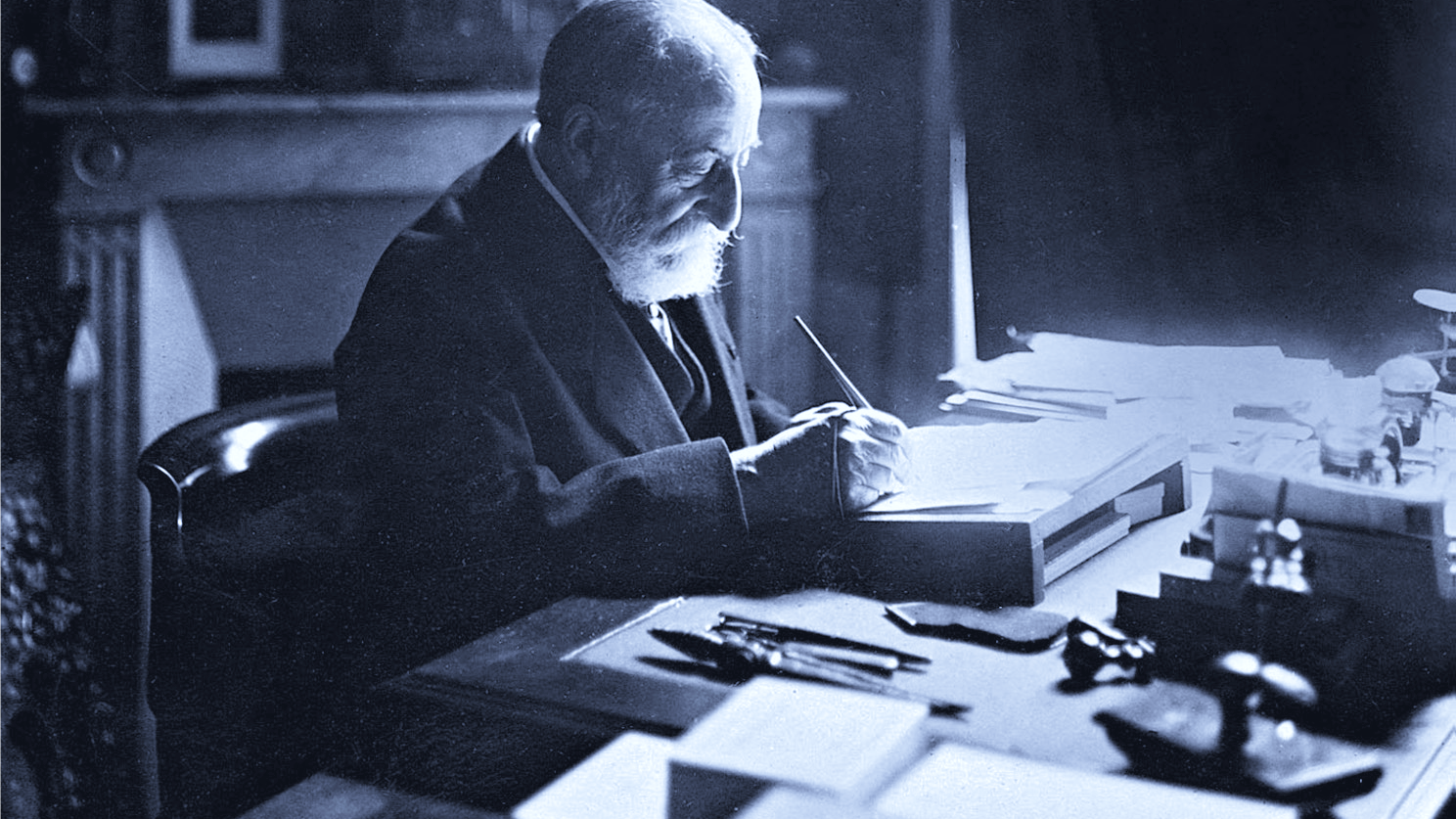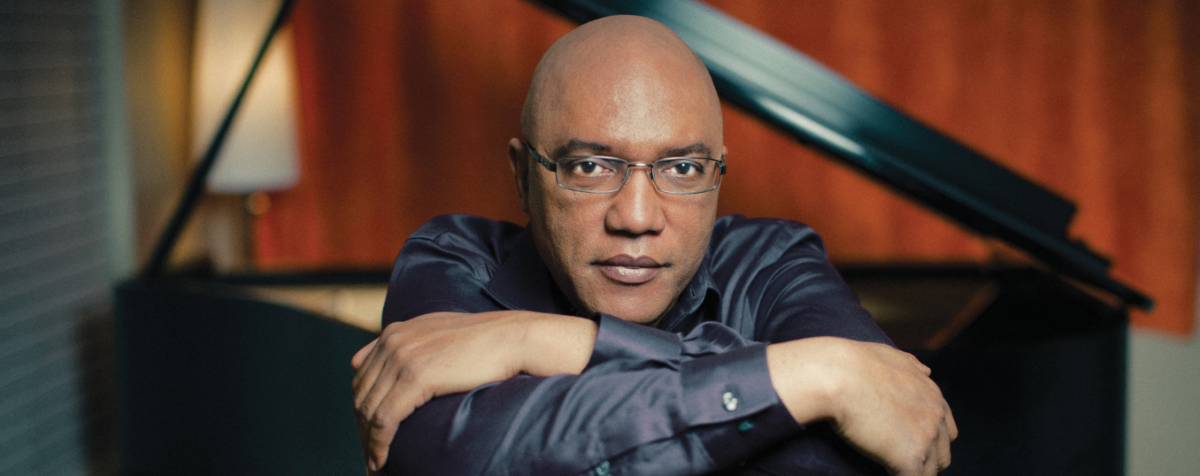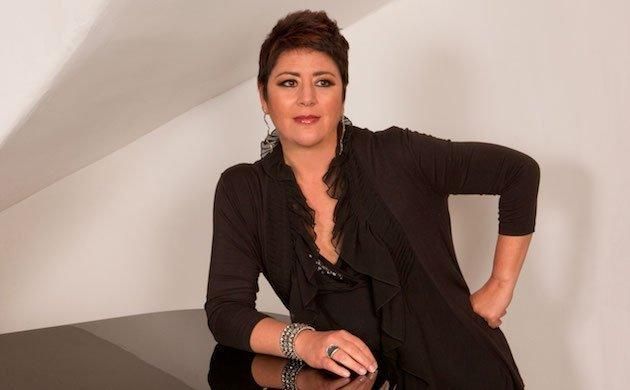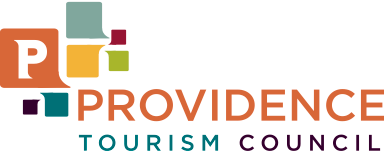THE STORY BEHIND: Tchaikovsky’s 2nd Piano Concerto
Share
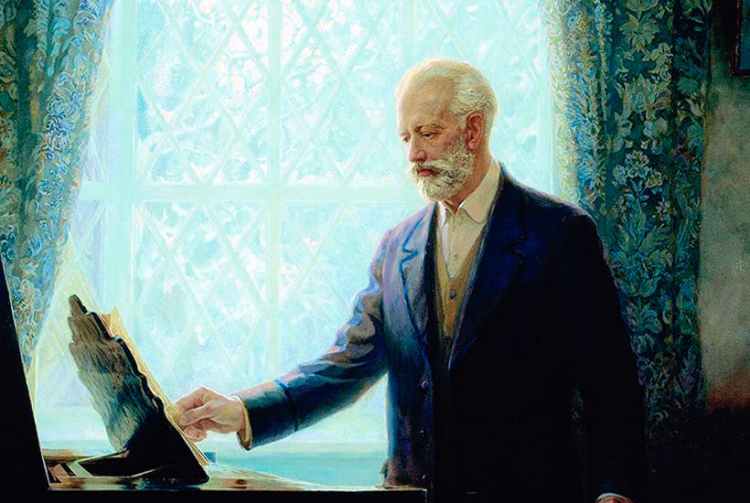
On November 16, world renowned pianist Anne-Marie McDermott makes her Rhode Island debut when she performs Tchaikovsky’s Piano Concerto No.2
For more information visit tickets.riphil.org
Title: Piano Concerto No.2 in G Major, Op.44
Composer: PETER I. TCHAIKOVSKY (1840–1893)
When was the last time the Rhode Island Philharmonic played this piece: This is a RI Philharmonic Orchestra premiere.
Orchestration: The piece is scored for a solo piano, two each of flutes, oboes, clarinets, and bassoons, four horns, two trumpets, timpani and strings.
The Story:
In 1878, Peter I. Tchaikovsky wrote to his patroness, Nadezhda von Meck, that his early compositions fell into two categories: those coming from inner compulsion and those inspired by duty or a commission. Among his mature works, all but one, the Piano Sonata, had been “duty” compositions. However, the following year a second work would be added to the list of “inner compulsion” music: the Second Piano Concerto.
In November 1879, Tchaikovsky traveled to Paris, where his Fourth Symphony was scheduled for performance. It happened, at that juncture, that he was without any commission to complete. While still in St. Petersburg, he had at first been relieved not to have any work responsibility, but he soon became bored. To solve his problem, he performed a rare act: He began to compose something from self-motivation. It was to be his Second Piano Concerto.
Now, enjoying the French capital, Tchaikovsky again took pen in hand to complete the concerto. Beginning with the finale, the composer worked through the movements in reverse order. By December 15, the composer could write to von Meck, “My concerto is ready in rough, and I am very pleased with it, especially the second movement, the Andante.”
Although critics agree that the Second Piano Concerto is not in a class with the First, there are innovative and important features in the work, and audiences find it a satisfying experience. The chunkiness of the opening material, so reminiscent of Robert Schumann, is nonetheless admirably idiomatic to the piano. Tchaikovsky surprises us with a lyrical second theme introduced in an unexpected key. The movement goes far afield with key shifts in the development section, and even in the recapitulation he reviews the second theme in a key that leads back to the home key rather than (by tradition) staying there in the first place.
Biographer David Brown writes, “If this first movement is the most important Tchaikovsky had composed since that of the Fourth Symphony of 1877, the [concerto’s] slow movement is the most ambitious since the Andante funèbre of the Third String Quartet of 1876.” The most significant innovation of this movement is the use of violin and cello soloists on an equal footing with the piano, predictably bringing objections from early soloists. The long-spun lyrical melodies in the outer sections require these instruments, while the piano is predominant in the central portion.
The final movement is more tightly organized and executed than its predecessors. Again, however, Tchaikovsky brings fresh innovations working with various keys, which create novelties in the movement’s harmony layout. Concurrently, we have music that is straightforward and easy to assimilate. Brown summarizes, “Though its melodic material is not as distinctive as that of the parallel movement of the First Piano Concerto, this finale is in certain respects more individual. . . .”
Alexander Siloti (1863–1945) was a composition student of Tchaikovsky, and he became editor for many of Tchaikovsky’s works, notably the two piano concertos. On the concert stage, it is Siloti’s edition of the First Concerto that is most often performed. His edition of the Second Concerto is presented in this performance.
Program Notes by Dr. Michael Fink © 2019 ALL RIGHTS RESERVED
